Water Availability In Tamarindo, Costa Rica
In general, water quality is acceptable for drinking in the urban areas as well as many rural areas. The Government of Costa Rica understands tourism is the primary driver of the national economy; therefore, more attention has been paid to improve the drinking and potable water systems throughout the country. Costa Rica has the highest demand of water, both in total and per capita measures. Per capita water usage is about 1860 L p/day amounting to 5% of total available groundwater and surface-water. Remaining Central American countries use on average of 3% of total supplies.
About 60% of the Costa Rican population lives in urban areas; therefore, considerable focus has been targeted to expand water services to cities over the last decade. Approximately 99% of the urban populations are connected to water services, which is higher than the 90% average for the rest of Latin America. Connection to the public water supply in rural areas of Costa Rica is about 92% representing about 1.56 million inhabitants.
Costa Rica currently lacks the ability to measure how much water it diverts from its aquifers. According to estimates, the country wastes about half of its water due to leaks, damaged and outdated infrastructure and illegal connections.
These problems have been occurring for years. The 2008 State of the Nation report cited both a lack of control of water use and degradation of aquifers as ongoing issues. Costa Rican Water and Sewer Institute President Yamileth Astorga warns that without better control, there will be no awareness about water consumption and scarcity.
Faced with shortages in the country’s Northern Pacific region, the government initiated the Northern Pacific Integral Program to Supply Water to Guanacaste, or PIAAG, which among other things aims to address the aquifer situation through a System of Real-Time Monitoring of Subterranean Water, or SIMASTIR.
Officials will use this system to monitor how much water aquifers have as well as levels of salinity. It also will help track leaks and address the problem of wasted water.
Water shortage in the province of Guanacaste, especially in the North Pacific coastal communities where we are located, has been a long-time issue that all of the different municipalities of all counties have been battling with for years now.
It integrates a series of projects and strategic actions for the development of hydraulic infrastructure, management of water resources, implementation of innovative technologies, as well as conservation and efficient use of water. All of it to improve access to water for people and economic activities. By its acronym in Spanish, PIAAG’s objective is to ensure the optimal use of water resources in the North Pacific area of Guanacaste so the demand of this resource can be met. Its development includes four strategic axes:
Water security for the communities (AYA systems and communal aqueducts - ASADAS)
Food security (Increase of food production with irrigation systems)
Ecosystem water needs (Promoting the sustainability of ecosystems)
Management of sustainable use (improving the use of available water, prioritizing groundwater).
The design proposes a line of impulsion of more than 8 km from the field of wells, near Lorena, up to Cerro Huacas. From there, there will be three different pipelines: one towards Playa Tamarindo, another towards Matapalo and Playa Grande and the third towards Brasilito, Playa Flamingo and Playa Potrero. This public-community alliance implies that AYA will build the infrastructure to take advantage of water from the Nimboyores aquifer and will provide it in blocks to the different ASADAS, according to an already established flow of regulation which will be verified. The Public Services Regulatory Authority (Aresep) will establish the charging rates.
Drainage basin and catchment basins are also brilliant useful systems to consider and highly recommended and encouraged in dryer regions. Costa Rica has made meaningful progress in expansion of water services in urban areas over the past decades. Approximately 99% of the urban population is connected to water supply (as compared to an average of 90% in the Latin American Country Region), a significant increase from 92% in 1990. Around 48% had urban sanitation connections to public sewerage or had individual septic tanks. Rural coverage is lower, with about 95% of the 1.7 million rural inhabitants connected to public water supply, 96% of the population has access to improved sanitation, mostly through the use of septic tanks.
At the Riverland project by Nikori in Tamarindo we have secured water permits and access to a water supply for all residents in keeping with local and federal regulations.





